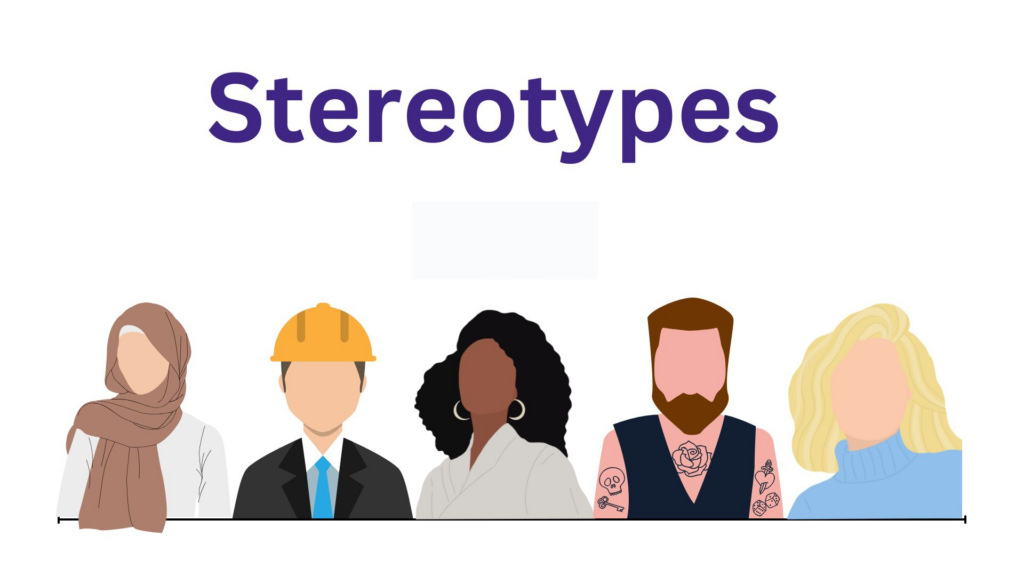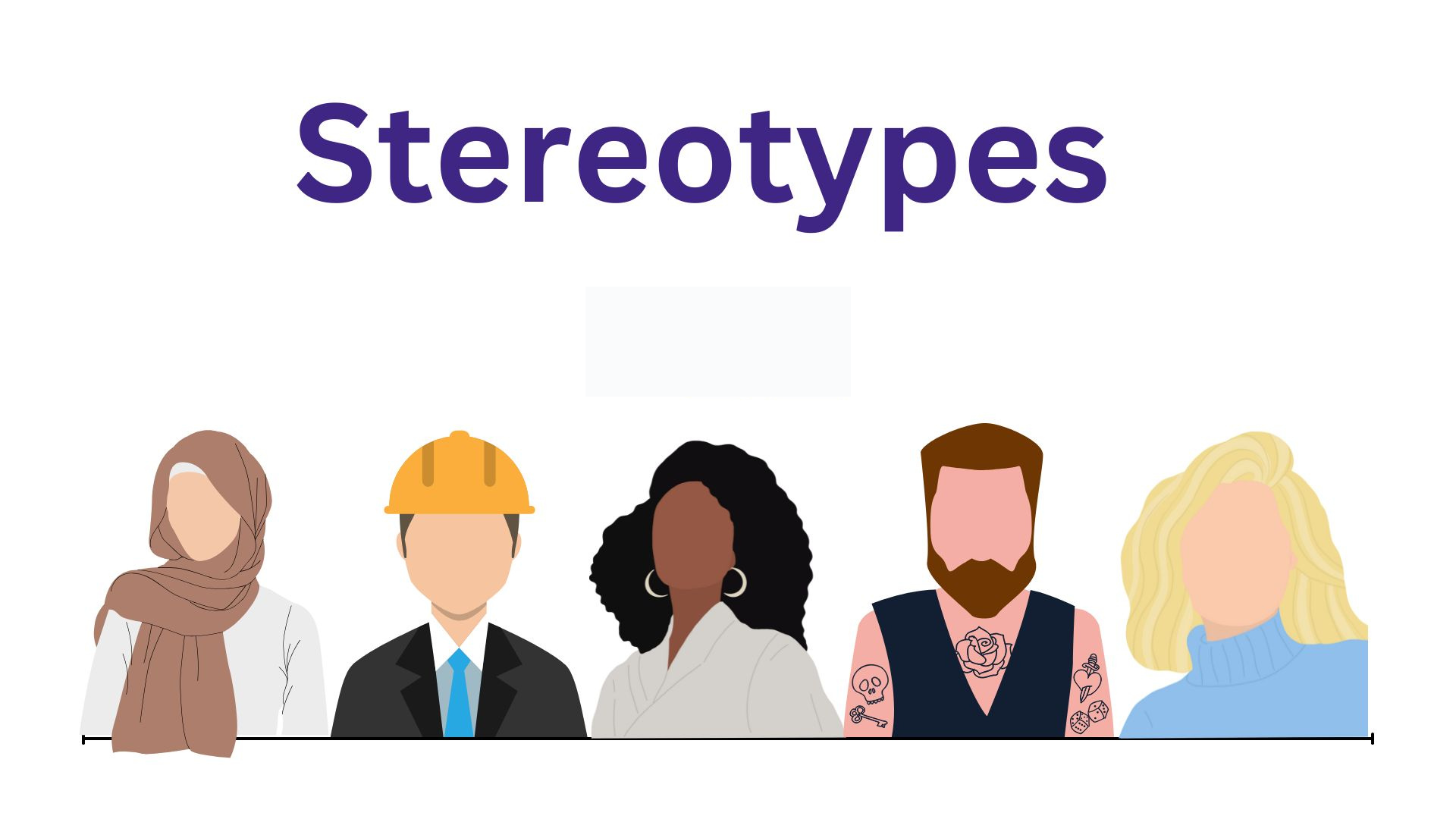Breaking Stereotypes

Test Analysis
CEFR Level Card
- General Level: C1.0
- Vocabulary:C1.3
- Verb Form: A2.7
- Clause: B1.6
- Prosody: B2.7
Phrases and Idioms
| Lemma | Count | Sentences |
|---|---|---|
| age group | 1 | Such broad generalizations ignore the diversity of motivations and aspirations within any age group , leading to misconceptions . |
| base on | 1 | By grouping people based on race , gender , or nationality , stereotypes reduce complex human identities to oversimplified categories . |
| break free | 1 | Breaking free from these limiting views requires conscious effort and a willingness to explore the richness of human diversity . |
| depict (one) as (something) | 1 | Similarly , cultural stereotypes may depict certain nationalities as particularly industrious or lazy , perpetuating unfair judgments . |
| emerge from (something) | 1 | They emerge from various sources , including media portrayals , cultural narratives , and personal experiences , which shape our worldviews . |
| grain of truth | 1 | While stereotypes can sometimes hold a grain of truth , they often lack the nuances of individual realities and behaviors . |
| lead to (something) | 3 | Stereotypes are simplified and generalized perceptions about groups of people , often leading to misunderstandings and prejudices . |
| lead to (something) | 3 | Such broad generalizations ignore the diversity of motivations and aspirations within any age group , leading to misconceptions . |
| lead to (something) | 3 | This endeavor leads to more equitable and vibrant communities where individuals are seen for their true selves . |
| provide (something) for (someone or something) | 1 | Encouraging individuals to question their assumptions provides an opportunity for growth and mutual understanding . |
| regardless of (something) | 1 | Overcoming stereotypes involves recognizing and valuing people 's unique contributions , regardless of the labels imposed upon them . |
| seem like (something) | 1 | In conclusion , while stereotypes may seem like an easy way to navigate complex social realities , they undermine true human understanding . |
Reading Comprehension Exercises
True / False
- Stereotypes are always based on accurate and detailed perceptions of people.
- Media portrayals and cultural narratives can be sources from which stereotypes arise.
- Education is portrayed as unimportant in counteracting stereotypes in the text.
- The commitment to address stereotypes can enhance cooperation and inclusivity in societies.
It's Your Turn!
Create your multiple choice questions for this reading lesson just in seconds!
Step 1:
Click the button to copy the reading text
Step 2:
Go to
Step 3:
Paste the reading text
Select question type (Multiple Choice)
Click “Create” and your questions will be ready in seconds!
Short Answer Questions
- What often results from stereotypes?
- What role do media portrayals play in stereotypes?
- How do stereotypes affect human identities?
- What is critical in counteracting stereotypes?
Answer
True / False Answers
- Answer: False
Answer location:Stereotypes are simplified and generalized perceptions about groups of people, often leading to misunderstandings and prejudices.
- Answer: True
Answer location:They emerge from various sources, including media portrayals, cultural narratives, and personal experiences, which shape our worldviews.
- Answer: False
Answer location:To counteract stereotypes, education and open-mindedness play critical roles in embracing diversity.
- Answer: True
Answer location:Although challenging, this commitment to fairness enriches societies by promoting inclusivity and cooperation.
It's Your Turn!
Create your multiple choice questions for this reading lesson just in seconds!
Step 1:
Click the button to copy the reading text
Step 2:
Go to
Step 3:
Paste the reading text
Select question type (Multiple Choice)
Click “Create” and your questions will be ready in seconds!
Short Answer Questions
- Answer: Misunderstandings and prejudices.
Answer location:Stereotypes are simplified and generalized perceptions about groups of people, often leading to misunderstandings and prejudices.
- Answer: They are a source.
Answer location:They emerge from various sources, including media portrayals, cultural narratives, and personal experiences, which shape our worldviews.
- Answer: Reduce them to oversimplified categories.
Answer location:Stereotypes reduce complex human identities to oversimplified categories.
- Answer: Education and open-mindedness.
Answer location:To counteract stereotypes, education and open-mindedness play critical roles in embracing diversity.
Your Own Reading Lesson
Create Your Own Lesson with Cathoven AI
You can create your own reading lesson based on your interests or those of your students!
Go to;
1. Reading Generator
Type the topic you are interested in, select the level and genre you are looking for, and click Generate!
2. CEFR Analyser
Paste the reading text you generated and get a detailed analysis of your text.
3. Exercise Creator
Select the type of exercise, paste the reading text, and click Create!
Your reading lesson is ready!




